In June 2011, Apple introduced its iCloud service. So far I've only used it sporadically within the 5GB free space. But time has progressed, applications (and especially games) are more and more demanding, photos are bigger and internal storage is still full. Okay, I've defended myself long enough. It's time to step up to Apple's game and start making full use of the potential of its cloud.
I own an iPhone XS Max with 64GB of memory. Although it was clear to me that it wasn't too much at the time of its purchase, the price is the price. Back then, I chose wisely and saved money on internal storage. Considering that my current iPhone has been storing photos since 2014, video recordings managed to take up more than 20 GB from its storage. And you simply don't want to delete those memories, even if you physically store them on your computer and automatically back them up on OneDrive. I also made a backup very carefully - via a cable to the Mac.
It could be interest you
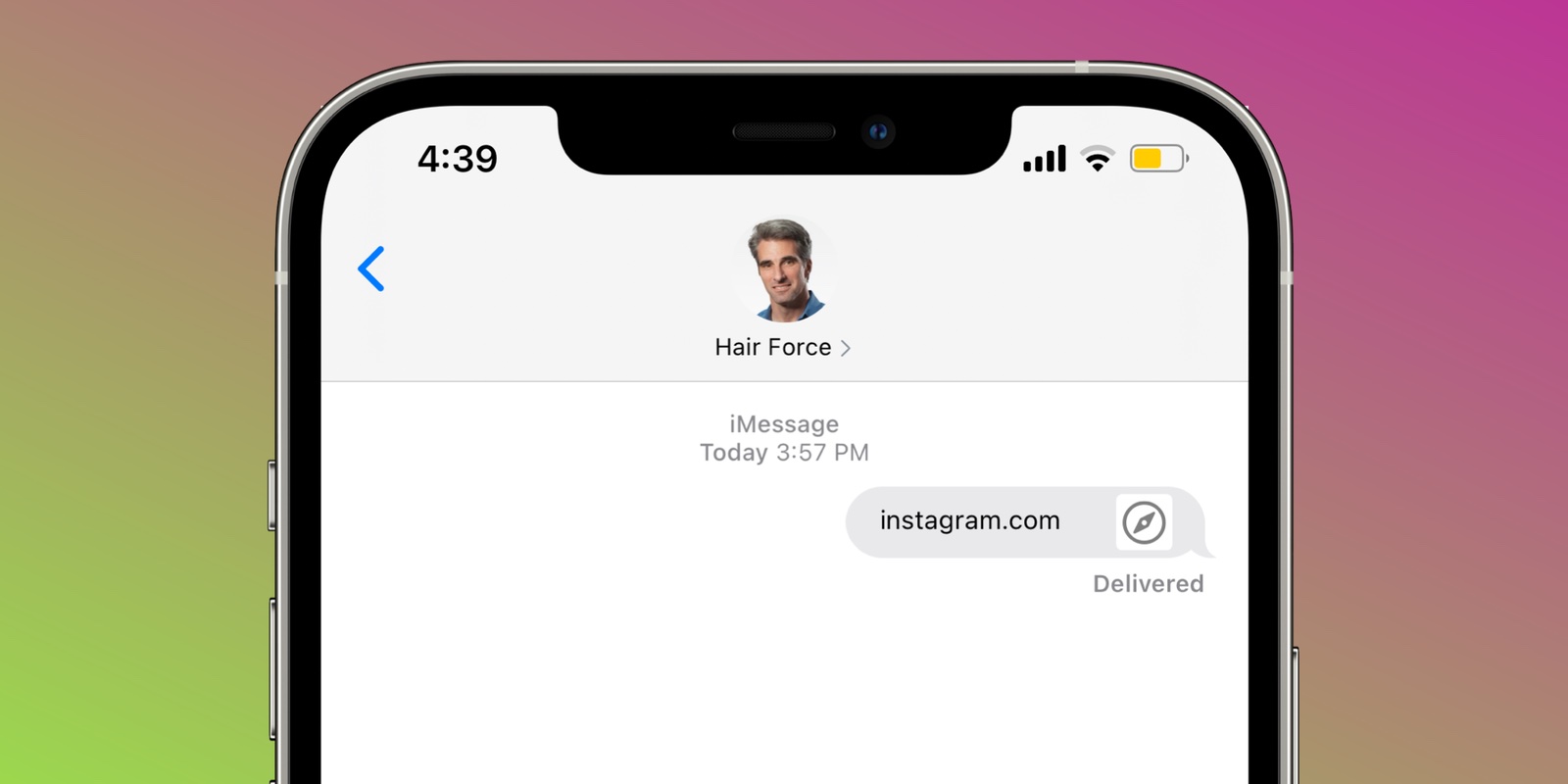
iOS 14.5 threw a pitchfork at it
I learned to live with less and therefore always tried to keep at least 1,5GB of free space. And it worked out quite well. But Apple forced me after all. Its update to iOS 14.5 doesn't bring much news, but the Siri voices (which I also don't use) are probably asking for theirs, which is why the volume of the installation package is a dizzying 2,17 GB. And I just stopped enjoying it.
The Apple iPhone XS Max is still a quality machine that I currently do not need to trade for a newer model that I would buy with more memory. In addition, since my wife also suffers from the same problem, i.e. acute lack of internal storage, I have resigned myself to paying Apple tithes to sign up for another of its services (except for Apple Music). In addition, CZK 79 for 200 GB of shared space may not seem like too much of an investment.
If you want to buy a new iPhone now, you can choose from a fairly wide portfolio. If you check out the Apple Online Store, you'll find the iPhone XR, 11, SE (2nd generation), 12, and 12 Pro. Of course, the portfolio is even wider for other sellers. For all models, Apple offers a choice of several memory variants.
It could be interest you
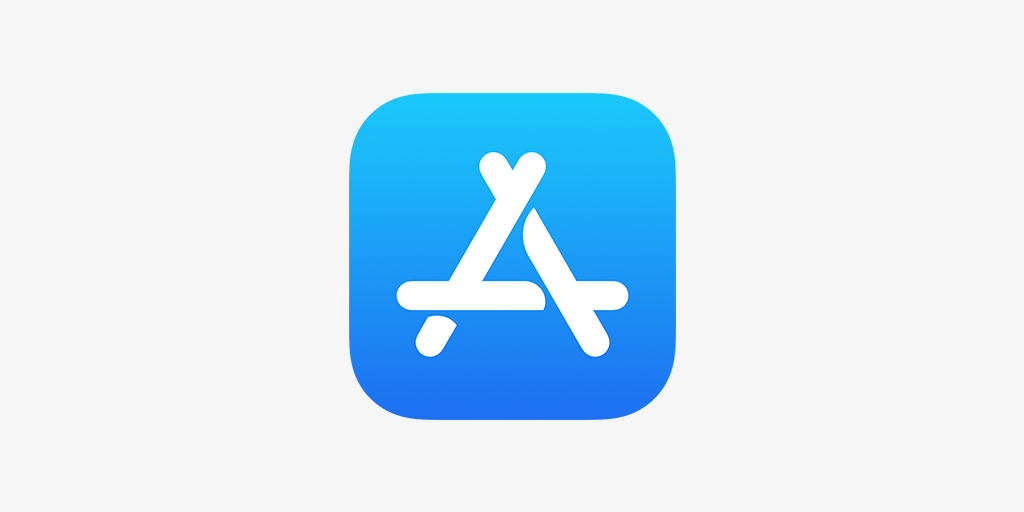
The price comes first
You can get the XR model in 64 and 128GB variants. The surcharge for higher storage is CZK 1. You can get the Model 500 in 11, 64 and 128GB variants. The surcharge between the first increase is again CZK 256, but between 1 and 500 GB it is already CZK 128. The jump between 256 and 3 GB is therefore a hefty 000 CZK. The same situation applies to iPhone SE 64nd generation, iPhone 256 and 4 mini. The 500 Pro models are the worst, but this is because the basic memory capacity is 2 GB, followed by 12 and ending with 12 GB. The difference between the first two is again 12 CZK, between 128 and 256 GB then a dizzying 512 CZK.
If you don't change your phone every year, investing in memory may seem justified. But consider that you can get 200 GB of internal storage for just 79 CZK per month, i.e. 948 CZK per year, 1 CZK for two years, 896 CZK for three years and 2 CZK for four years. It could thus be said that if you buy an iPhone 844, SE, or iPhone 3, it is worth taking the 792GB memory variant of the phone and paying extra for iCloud. It still makes sense four years after the purchase.
- iPhone XR – you pay extra for 128 GB of storage 1 500 $ = 19 months 200GB iCloud subscription (+ 64GB internal storage)
- iPhone 11, iPhone SE 2nd generation, iPhone 12 and 12 mini – you pay extra for 256GB of storage 4 500 $ = in 4,74 200 GB iCloud subscription (+ 64 GB internal storage)
- iPhone 12 Pro – you pay extra for 256GB of storage 3 000 $ = in 3,16 200 GB iCloud subscription (+ 128 GB internal storage)
It could be interest you

Converted purely in financial terms, the results are therefore quite clear - for less money you get more space with iCloud for a longer period of time. Of course, both have their advantages and disadvantages. Without iCloud, you simply don't have your device backed up, that is, if you don't back up to your computer in the old fashioned way. However, you have to access the data in iCloud via an Internet connection, which can be a problem if you are not on Wi-Fi or if you have a small data package. However, when it comes to a shared subscription, it can be used by several members of the household and the costs are reduced even more.
 Adam Kos
Adam Kos 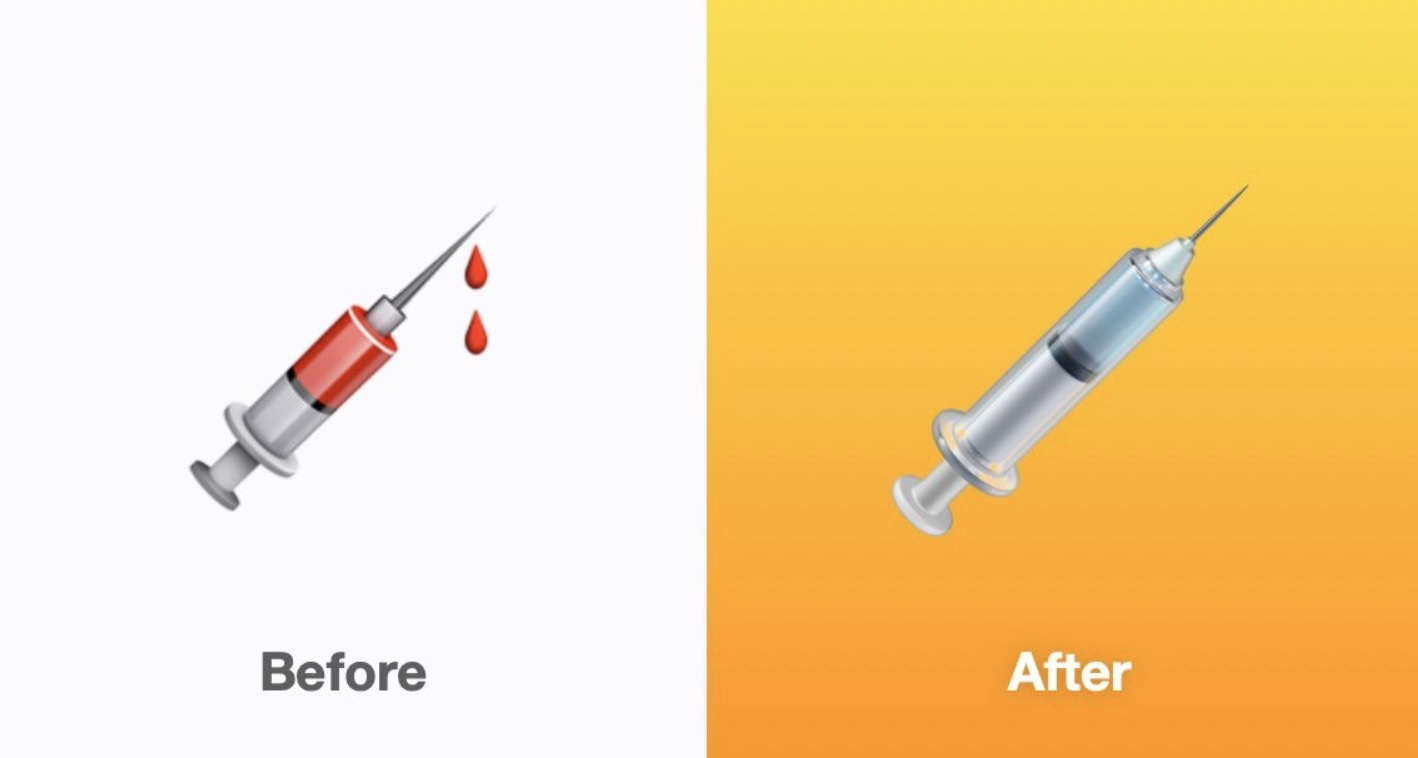
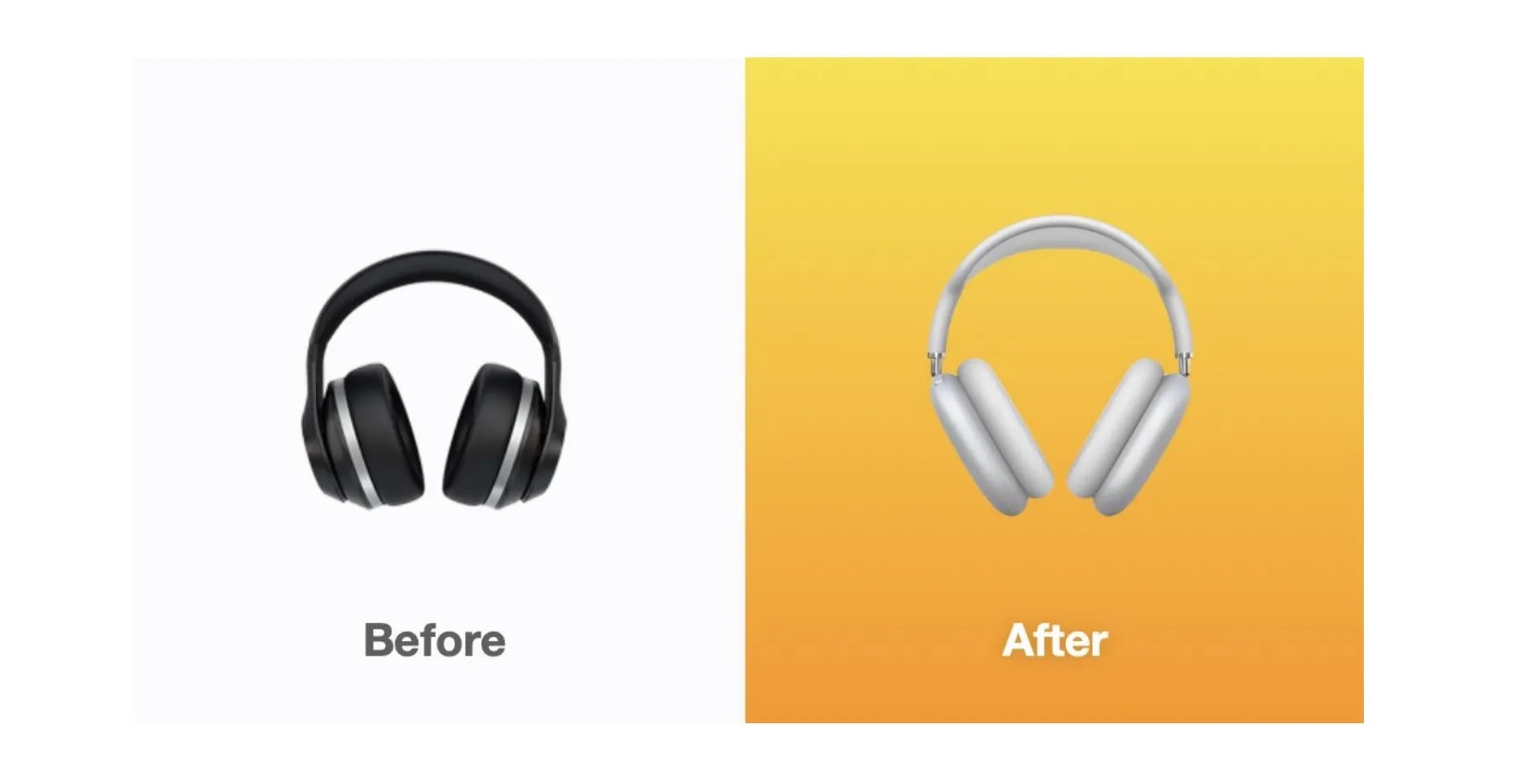
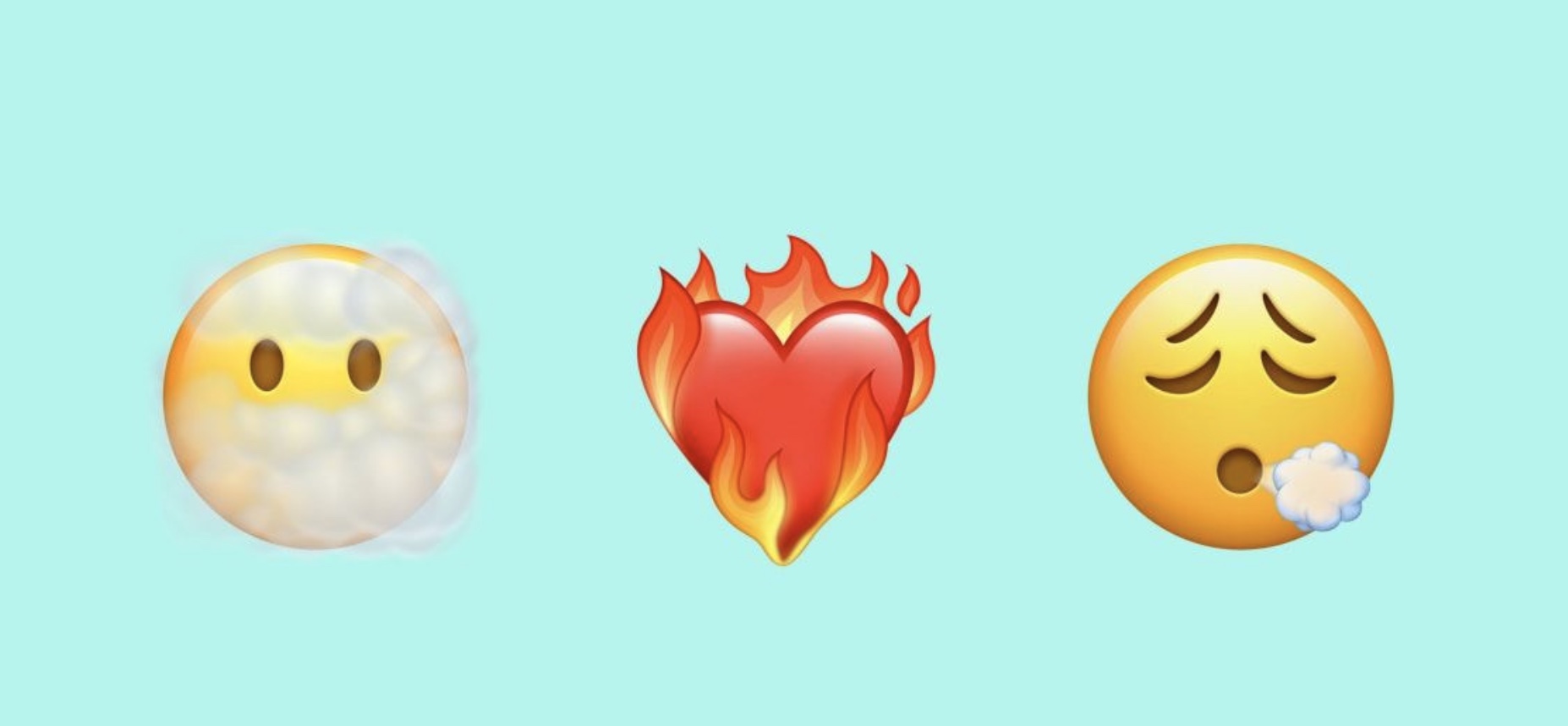

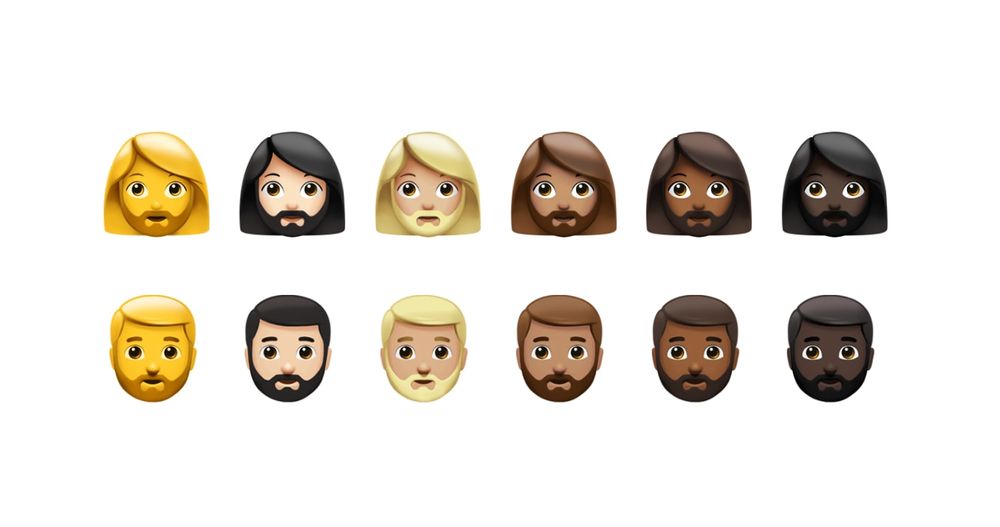
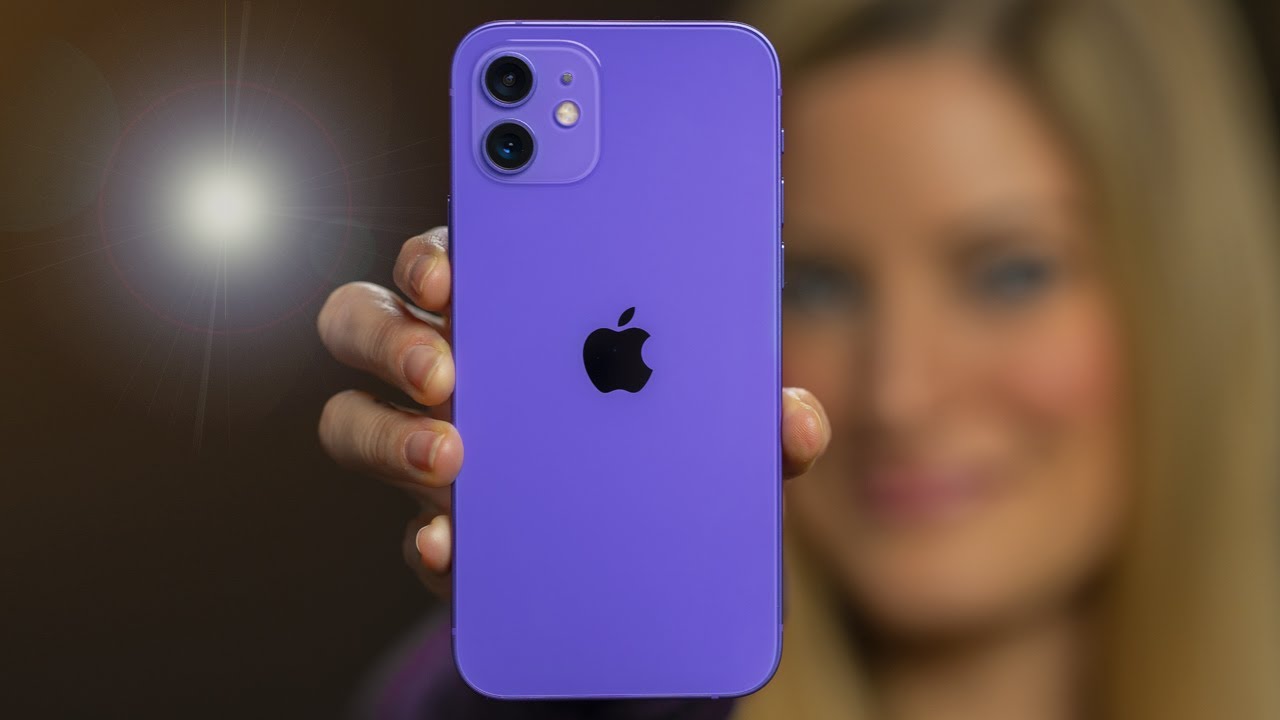
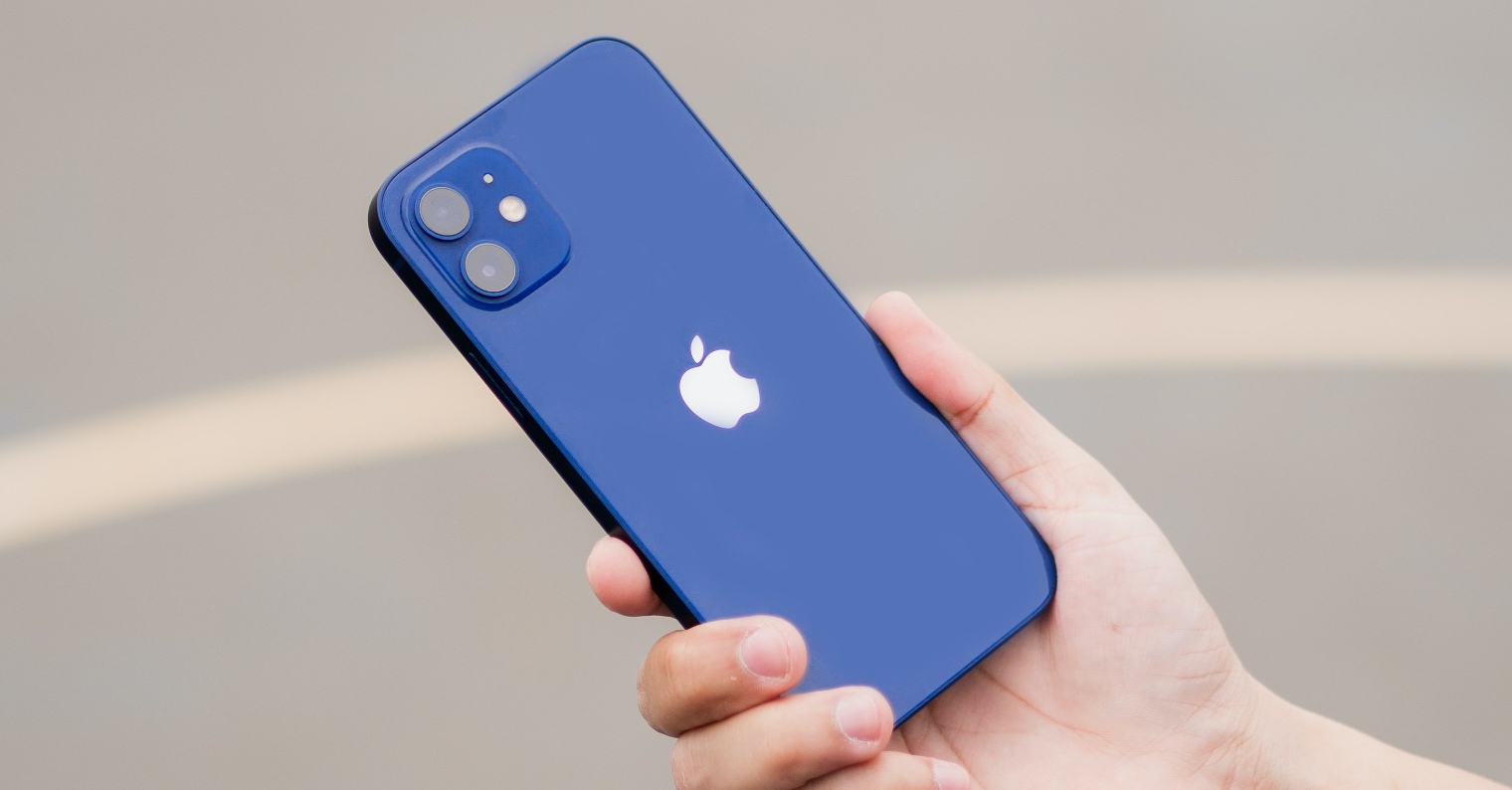


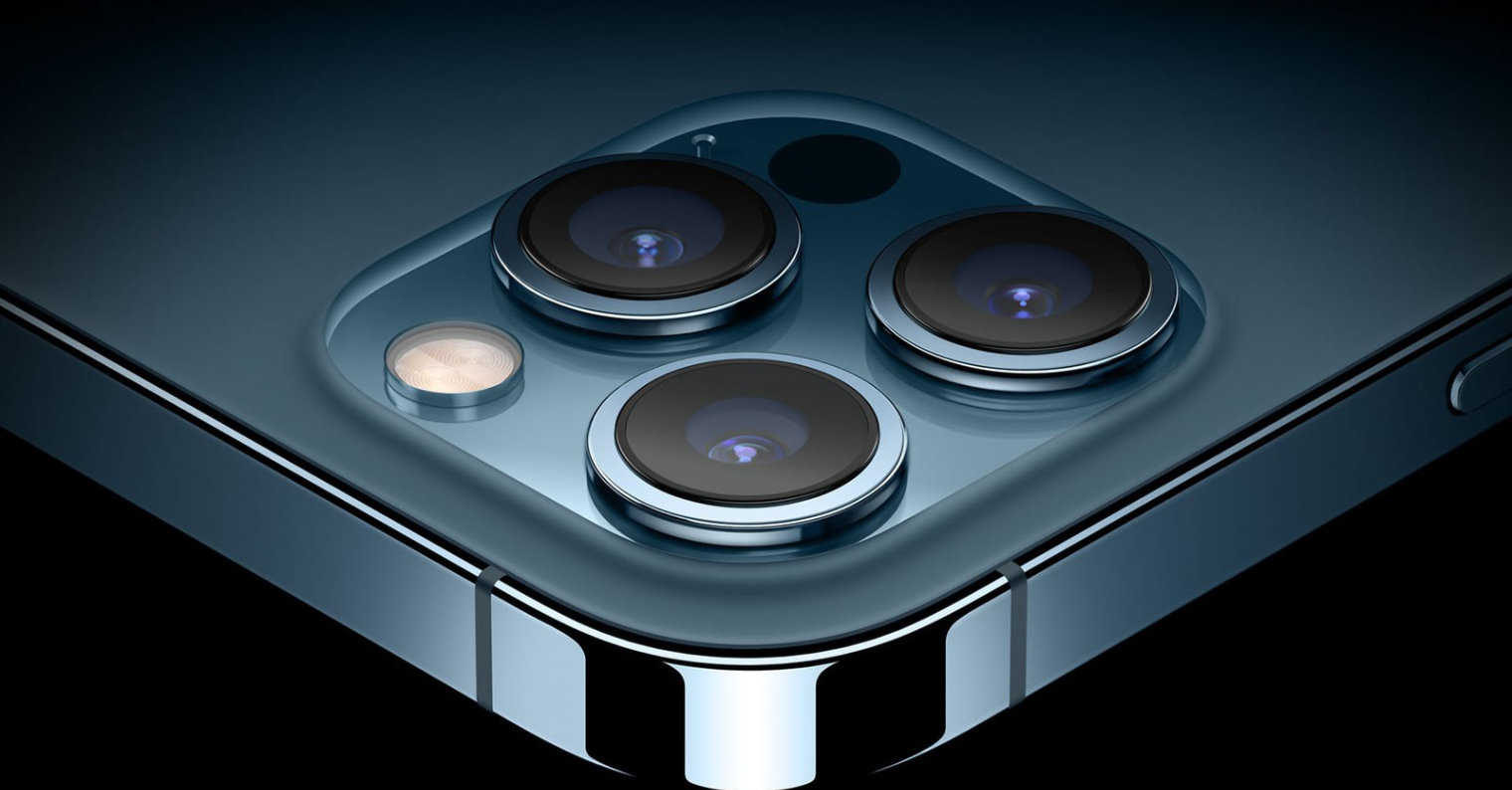
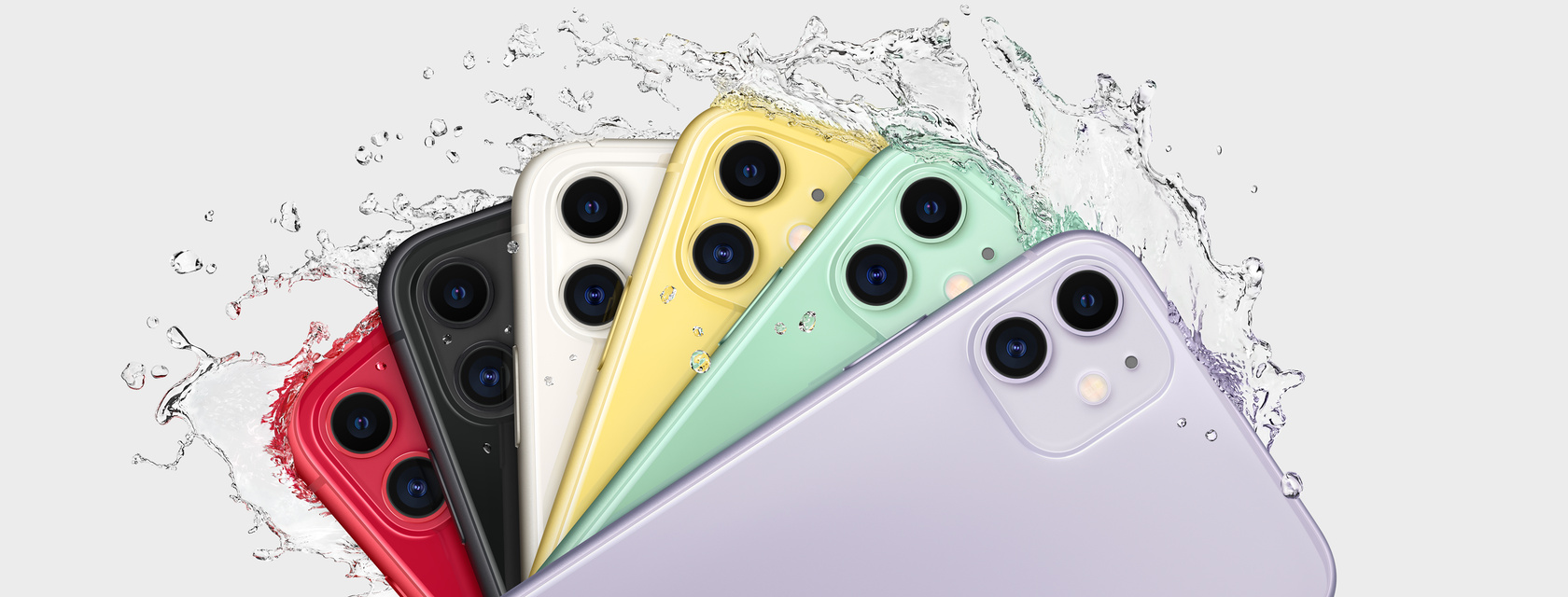

I pay the highest 2TB tariff. The whole family uses it. The problem with iCloud is that it is primarily a sync and not a backup. See photos, when I delete a photo on iPhone, it is also deleted on iCloud. So it's not actually a backup. IOS does have a function that, when the space on the phone starts to run out, it reduces the quality of some photos/videos stored on the iPhone and thus saves space, but it is still not a true backup. I solve it by making a shortcut that copies new photos and videos to iCloud Drive every day, but unfortunately the photos are copied without the Live version.
And that's exactly why it's better that it's about synchronization. That way, I have much better control over the photos than if I backed them up somewhere complicated. This way I know that what I have on my phone is safely stored somewhere, it doesn't take up space on my phone and I can view it at any time.
Clearly. Agreement. I would just like it if iCLoud allowed backup to iCloud Drive at the same time as synchronization.
"complicatedly backed up" - and that's just the wrong assumption. Backup can be simple as shown by TimeMachine, Veeam, Acronis…
Pretty good ad. The manufacturer of iPhones deliberately puts less memory in the mobile phone in order to sell storage space, and fools still praise it! 😂
I pay for MSOffice 365, CZK 1899 per year. That is 158,35 CZK/month.
This price includes not only the complete package of the Office program, BUT also 1 TB of storage space!
So what is Apple offering me here for overpriced crap😂?
Backups work absolutely reliably, photos are transferred to the cloud immediately after they are taken. And everything works! I start to make an excel table on my mobile phone, I finish it on my PC. (mobile phone iPhone 11 pro max, PC with win 10)
For a fool, every fool.
I also have the MS package (corporate access). The advantage of iCloud is:
– I can have multiple registered accounts (the whole family) on one tariff. Accounts are separated by login and password
– Backs up your entire phone. Including apps, settings, progress in Apple Arcade, etc.
– Syncs everything across all devices.
OneDrive is without a doubt the most affordable, their pricing policy is great, especially in the case of Office. Family tariff when there are 6x 1TB, 6x Office and all this for I think 2500/- per year.
They have protection against ransomware because they hold changed data back perhaps 30 days. I set it up for my father-in-law and I sleep more soundly.
The thing is, iCloud is primarily for the individual who wants to sync across their devices. They have painstakingly grafted the family there after many years and it still squeaks, they probably added support for shared folders last year and to this day you can't share a photo album, you have to create another one and there is a limit.
And they don't even have their own solution for that, they rent space from AWS.
OneDrive, Dropbox, Google Drive... have been developed from the beginning to allow multiple people to collaborate on the same data.
Good article, I just want to point out for others that iCloud is not really a backup. Apple itself emphasizes that you should always keep a copy of your data somewhere and not rely on it. So if you only have full resolution photos on iCloud and other devices have "optimized", you may have a problem and lose everything.
How to solve it? Always have one device that syncs full-resolution iCloud photos and all documents, etc., from iCloud Drive. And ideally back up this device via TimeMachine.
Possible scenarios that you may encounter:
– for some reason you will have your Apple ID account blocked -> you have nothing
– your device will be hacked and data encrypted/deleted and these unwanted changes will be synced to iCloud and all your devices -> you have nothing
So back up even if you have data in the cloud.
Good comment. I don't know TimeMachine. On what principle does it work? Is it some application that mirrors the device somewhere on a PC/external drive?
Hello,
Time Machine is a service that can back up all data in macOS.
Hello, thanks for the info. Only our daughter has a macbook, so I don't know how the backup works there. Personally, I will stick with synchronizing the entire phone to iCloud with a backup of data on iCloud Drive, and maybe I will insure it and back up the data from iCloud Drive once in a while to a PC and then to an external drive. I think OneDrive can only sync files. Nowhere in the application did I see that it could synchronize the entire mobile (application data, settings, etc.). I think it won't be able to take live photos either, which even iCloud Drive can't do, but at least they sync to iCloud there, and it's better to have the live photo in two places than in one. I'm also not sure about the multiple users under one plan. I have access to the company's MS account and there is one login and I think up to 5 devices, so it is unusable for the family.